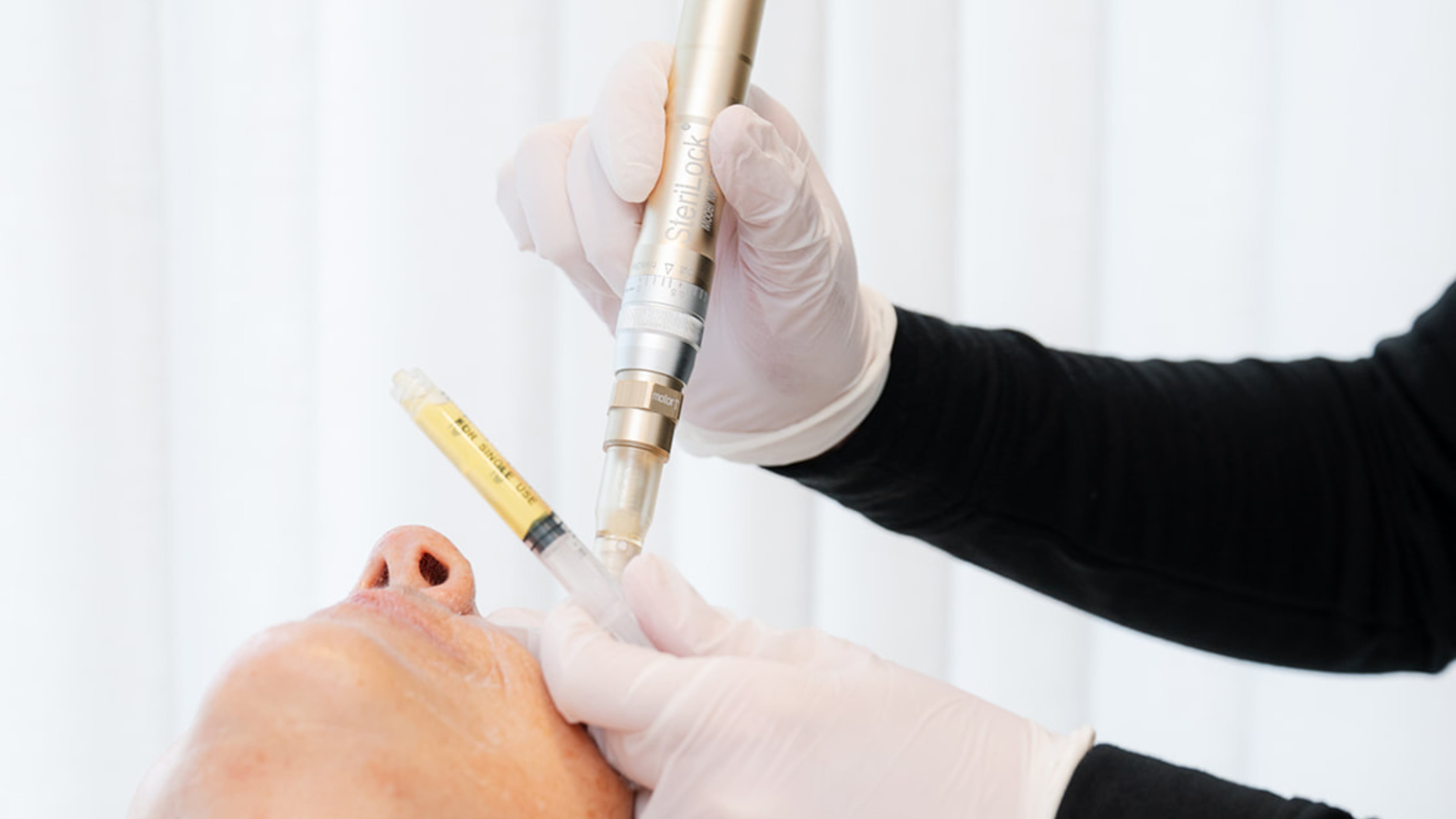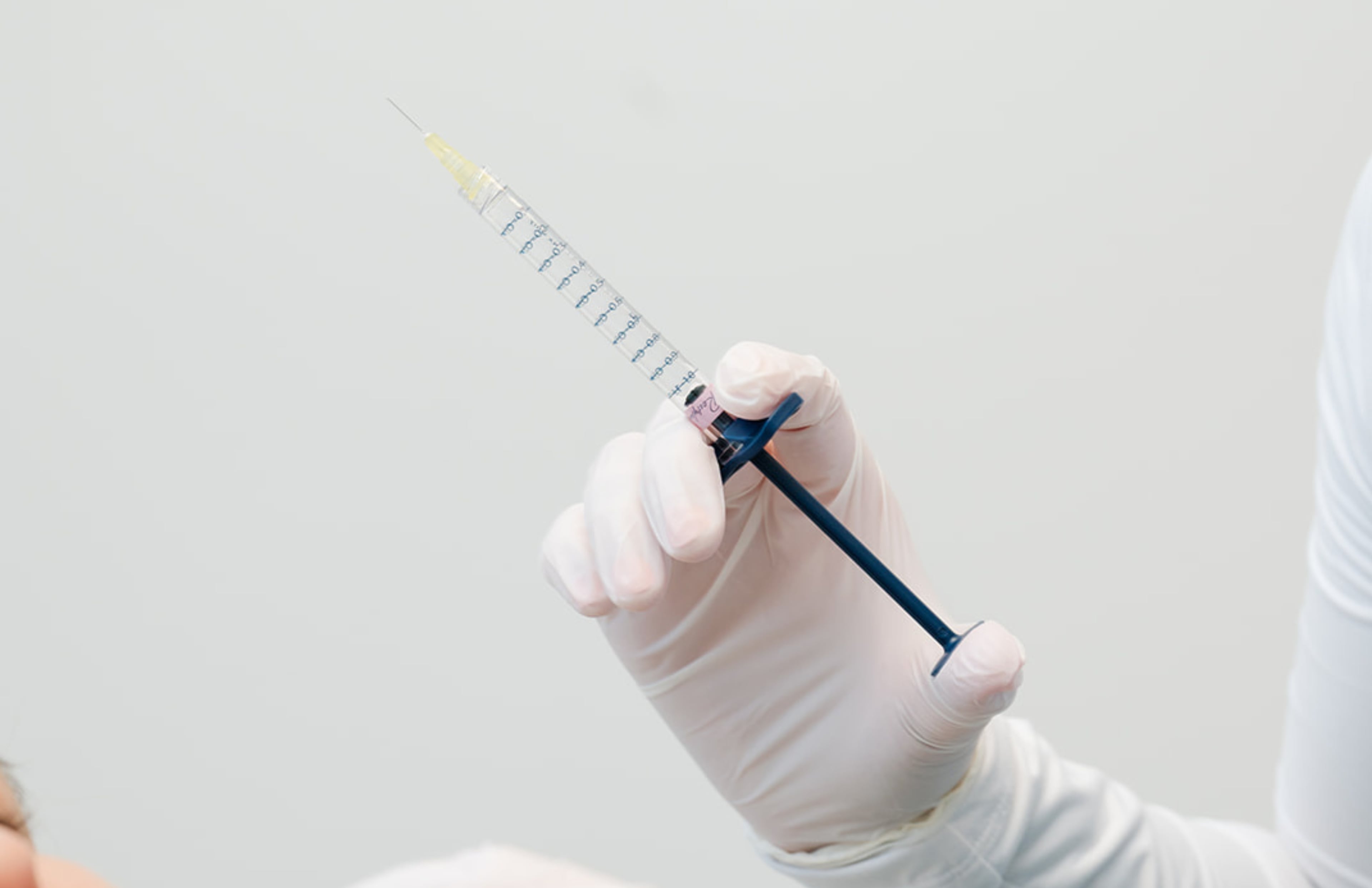A ‘vampire facial’ might sound spooky, but results are anything but

It might be spooky season, but that doesn’t mean your skin has to play the part. Despite its dramatic name, the vampire facial is one of the most natural ways to refresh your complexion using something you already have: your own blood.
The treatment — officially known as a platelet-rich plasma facial — has become one of the most talked-about ways to boost collagen and revive dull skin. It’s also part of a broader movement in skincare focused on regeneration and prevention, not just quick fixes.
What it feels like
A vampire facial combines microneedling with platelet-rich plasma, a golden serum spun from a small sample of your blood.
“We’re reinfusing your plasma back into your skin,” Chelsie Rogers, a board-certified physician assistant at Skin Pharm Atlanta, told The Atlanta Journal-Constitution. “The plasma is the water portion of your blood, but it contains platelets, which contain your growth factors.”

After the blood draw, the plasma is separated in a centrifuge and applied to the skin during microneedling.
“I’m creating these tiny little channels throughout the skin,” Rogers explains. “We’re creating injuries, so your body’s going to heal that over — and in the healing process, it’s going to produce new collagen.”
The treatment takes about an hour, and most patients describe it as “prickly” rather than painful. Your skin may look flushed afterward, but more like a post-workout glow than a horror movie.
“When you see videos where someone’s face looks bloody, that’s just going too deep,” Rogers says. “Your face doesn’t need to be bloody for it to work. We’re targeting the dermis, where collagen forms — you just need pinpoint bleeding to know you’re there.”
Why experts love it
PRP facials are known for brightening dull skin, softening fine lines and improving overall texture. Rogers calls it “total skin health.” Because the plasma comes from your own body, the treatment is virtually risk-free and encourages natural collagen production over time.
“You start losing collagen around age 25,” Rogers says. “Doing regenerative treatments early helps you maintain what you have and delay visible aging.”
According to GoodRx Health, PRP facials can:
- Improve texture and elasticity by stimulating collagen and elastin
- Minimize fine lines, wrinkles, and enlarged pores
- Reduce sun damage and hyperpigmentation
- Boost hydration and moisture retention
Rogers recommends starting with three monthly sessions, followed by quarterly maintenance. “It’s not a quick fix,” she adds. “But it’s one of the best ways to build collagen that keeps working long after you leave the office.”
When is the best time to book?
Rogers says fall and winter are the best seasons to start PRP.
“Mainly because of being out of the sun,” she explains. “Most people have more downtime in the fall or winter, and you’re not going outside as much. You’ve got all this brand-new baby skin, so you’re just a little more prone to sunburns and things like that.”
If you’re not ready for needles …
If the thought of blood makes you squeamish, there’s still a way to support collagen production from home. Rogers recommends retinol, a vitamin A derivative that remains the gold standard in anti-aging.
“Retinol and retinoids are the most studied ingredients for collagen production,” she explains. “They smooth texture, unclog pores and help even out tone.”
“Pair it with sunscreen so you’re protecting your skin from more collagen breakdown, which the sun can cause,” Rogers adds. “If you’re treating your skin well, investing in it and staying out of the sun, you’ll end up with healthier skin overall.”



